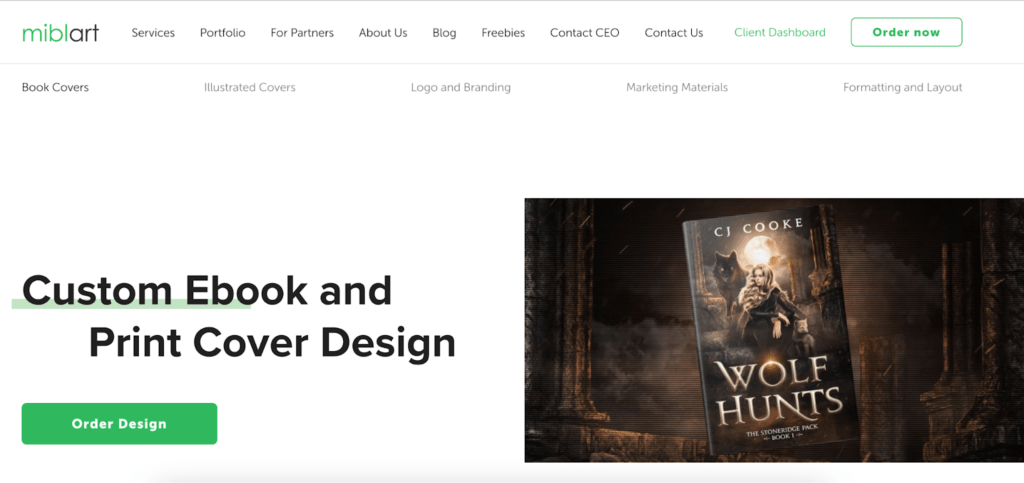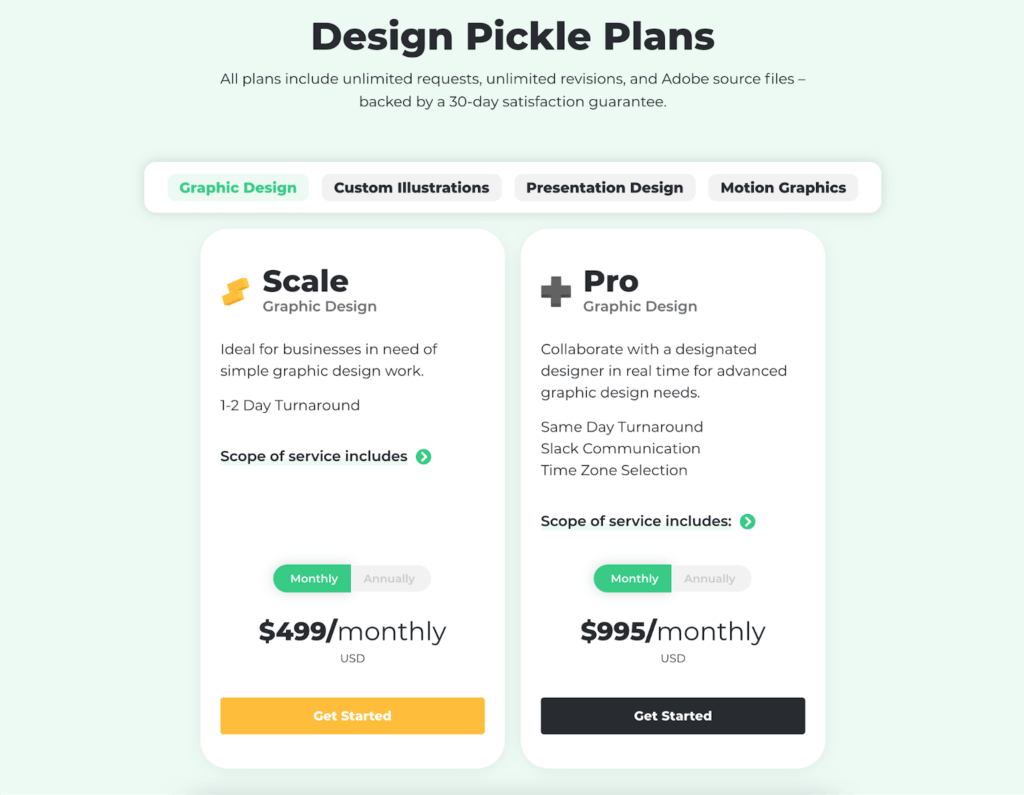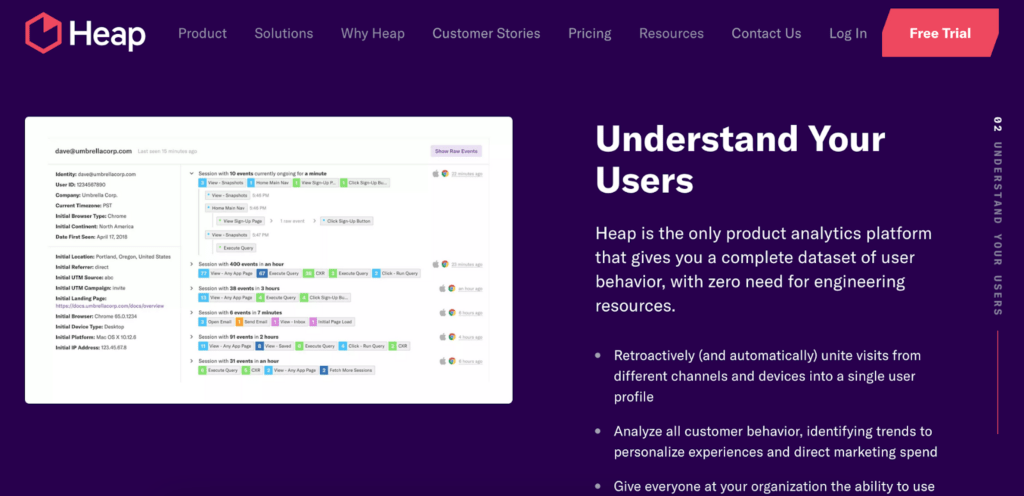
Many small business owners are afraid to scale their businesses. They fear the need for investment that could ultimately cripple the entire company. While that is true in some scenarios, there are viable solutions that provide low-risk opportunities for most businesses.
Small and medium-sized enterprises (SMEs) are the backbone of many economies. They make out a staggering 99% of all businesses in the European Union, and 99.9% in the U.S. Yet, many of them fight productivity issues, and struggle to scale their efforts. This is especially true for early-stage companies who are often strapped for cash.
To give you a better overview, SMEs can be sub segmented into six categories, according to a study published by McKinsey & Company:
- Innovative early-stage start-ups
- Early business plans
- Proof-of-concept stage
- Established & successful start-ups
- Established minimally viable product (MVP)
- Uses marketing, sales, and other processes
- Growing medium-sized companies
- Annual revenue of at least $10 mil.
- A solid business model with medium growth
- Stagnant/struggling medium-sized companies
- Have grown to a point that they stagnate
- Struggle to stay profitable
- Locally focused small businesses
- Less than 10 employees, less than $1 mil. annual revenue
- Growth heavily linked to demand
- Informal microbusinesses
- Mostly freelancers & home-based businesses
- Often need credit to grow business
In this blog post, we’ll focus on the second category, although some home-based businesses could also benefit from the following tips. The only criteria is that the owners run a digital company.
1. Productize your services
Small companies selling digital services/products have a clear advantage over those who sell physical goods. It’s much easier to scale your output without having to invest massively. There’s nothing to produce after all.
That being said, some companies have already productized their services, some without knowing it. Let’s look at the book publishing industry as an example. It has spawned a variety of professionals who no longer work for publishers. Instead, they have established their own business ventures. In the publishing industry, you can mainly find these three:
- Book designers: they specialize in covers, interior designs, and sometimes typography. Some of them might be able to create social media graphics and book trailers.
- Editors: they will make sure that your book flows well, hooks the reader, and that it is error-free.
- Marketers: they will try to get your book in the hands of those who might be interested in it.


All of them usually have a good idea how much their prices cost. Which is why they can easily bundle their services into a one-time fee. Marketers could even set up a monthly recurring service model because a book needs to be marketed over a long period of time. Speaking of recurring services, let’s take a closer look at them next.
2. Switch to a recurring service model
Small and medium sized companies might hit a snag at some point when it seems like they can’t grow any further. In many cases, the growth is impacted by a moderate cash flow. It is indeed hard to plan ahead when you are selling simple one-time services. One month might be great revenue wise, but the next not so much.
One way to make the future more predictable is to switch to a recurring service model, or at least offer it in addition to one-time services. As mentioned in this blog post by SPP.co, a recurring service model combined with modern payment solutions have two advantages:
- They improve the customer journey, and
- They reduce manual workload for businesses.
Next, let’s look at a few examples of service types that work well on a recurring basis. Here are a few ideas that some digital companies are already making use of:
- Designers offer monthly, quarterly, or yearly recurring design packages for small companies who have a constant need for graphics. These can be used in social media campaigns, blog posts, or infographics.
- Content writers bundle their one-time writing services into bundles. Their clients can subscribe to a recurring service that allows them to request up to a certain number of blog posts each month.
- Social media experts often manage entire social media presences of their clients for a monthly recurring fee. Each monthly package includes a limited number of profiles.


Among the recurring service providers, Design Pickle is especially famous. They provide so-called unlimited options for a fixed monthly/annual fee. It’s an interesting business model that does need to be calculated thoroughly though. Each service should have a fixed scope and some sort of limitation that doesn’t create financial trouble. For instance, some providers only work on one graphic project at a time.
3. Analyze your current prices
Many small business owners are afraid to increase their prices. Investing in new processes, tools, and other quality of life improvements doesn’t come cheap though. Eventually, these costs need to be recouped.
While it’s a tough decision to increase prices, business owners can keep them the same for old customers. While those remain on grandfathered plans, new customers will be onboarded with the new pricing structure.
Another tough decision to make is the following: if we develop new features/products, does everyone get access to them? At a certain point, the grandfathered plans need to be removed, while loyal customers are transitioned to a new pricing model. While many customers are often unhappy about increased prices, it all comes down to your value proposition. Here are a few things you can communicate:
- Show the customer that they’ve been on an old recurring service plan for X amount of time, having saved X amount of money.
- Remind the customer that they get access to certain new features that you’ve been working on in the meantime.
- Try to make loyal customers feel special for sticking with you for such a long time. You could offer to include them in a case study, for instance.
Do keep in mind that the most important thing for a small business is to reduce churn, and keep customers with them for as long as possible. A new pricing structure doesn’t bring any benefits if the recurring revenue is lost due to canceled plans.
4. Reduce churn with behaviour-based onboarding
Keeping a client happy might make them a customer for life. Easier said than done, however, any business should invest in processes than guarantee a long-term commitment.
Where most companies struggle is the retention after a free trial sign-up. Their lead journey might look like this:
- Lead lands on a marketing-focused landing page.
- Once convinced on the page or via marketing emails, they sign up for a trial.
- The trial-period should lead to an aha moment that turns them into a customer.
Friction moments often occur during the trial period. More often than not, it doesn’t lead to the so-called aha moment. Here are a few reasons why that is:
- The trial period is too short, and can’t easily be extended.
- Leads have to set up too many things to test a service/product.
One way to solve this issue is to set up an onboarding experience that mixes self-service with human help. For instance: if the lead is logged into a client portal, they should see links to the help center, tutorial videos, and a way to contact the business (via chat or email).
With automated campaigns, it’s also possible to trigger emails based on user behaviour. If the lead completes one step in the process, but doesn’t move to the second one, a nudge might put them on the right track.


One way this can be achieved is to use an analytics platform such as Heap with a powerful marketing tool, for instance Marketo. Users can be segmented into behavior-based cohorts. This allows businesses to trigger emails at the right moment when a user has completed a certain action (or not).
Final Thoughts
Small and medium-sized business owners have more tools at their disposal to successfully scale and grow. With more competition entering every niche imaginable, it’s more important than ever to stay ahead.
While every company is different, it has to weigh its options, and find out which of the four tips can be easily applied.


